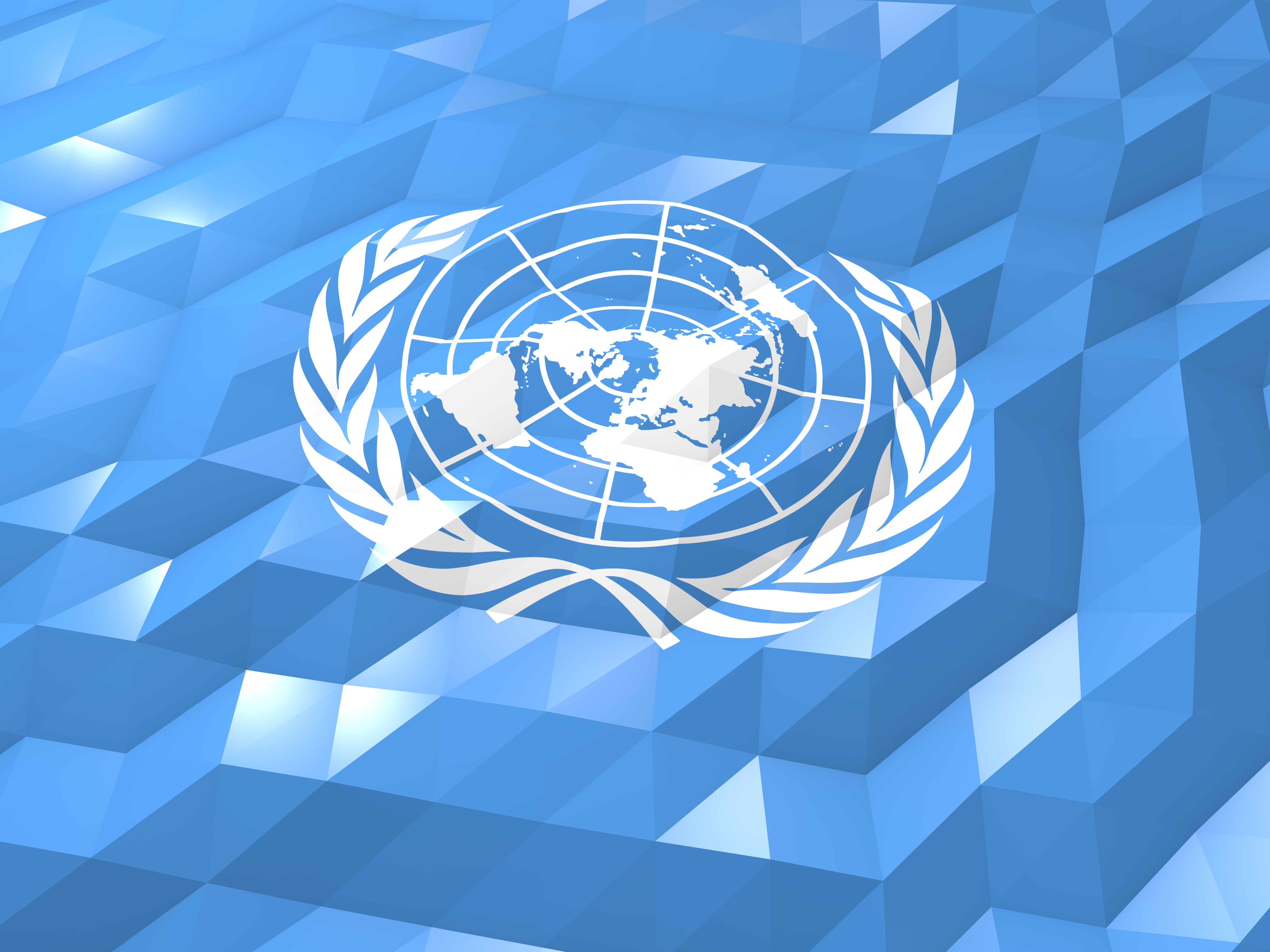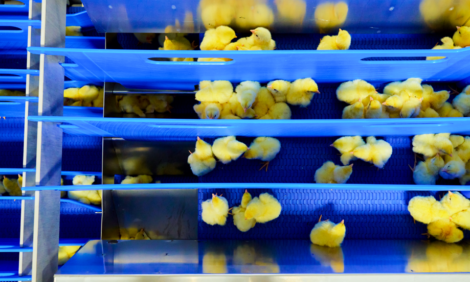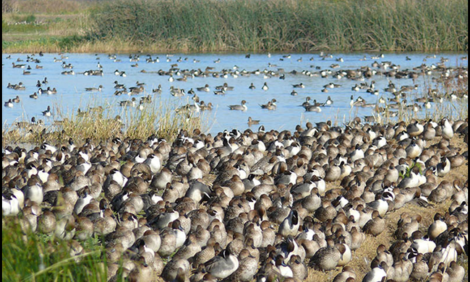



The Sustainable Development Goals: Can livestock deliver?
As the world faces ever more pressing social and environmental challenges, livestock production has come under the spotlightWords Dr Lesley Mitchell
The global meat industry is often vilified as a major contributor to environmental damage and climate change, and significant voices in Western society have begun to question how, and how much, animal protein we should produce.
Yet, in other parts of the world, many are experiencing hunger, malnutrition and poverty, and are unable to access sufficient animal-source foods. At the same time, the world’s governments, through the United Nations, have agreed to work towards meeting the UN’s Sustainable Development Goals (SDGs), in an effort to tackle the biggest global problems such as hunger, poverty, pollution and climate change, while driving forward economic prosperity for all. So is there a role for livestock in this emerging picture of the future? And how can the poultry sector in particular contribute to delivering the Sustainable Development Goals?

Firstly, what are the SDGs? Put simply, they are a set of 17 broad targets which the UN is calling for the world to have met by the year 2030. The goals – which include ambitions to achieve “Zero hunger”, “No poverty” and “Good health and well-being” for all – have become a global rallying point across all sectors, from governments to business to civil society, and cover key themes that are relevant to the poultry sector: the eradication of hunger and malnutrition, for example, and the injunction to deliver responsible production and consumption for economies worldwide.
The UN’s goals are underpinned by key targets to transform people’s lives and the planet. Increasingly, governments are refocusing their resources on the SDGs and businesses are building these goals into their strategies. A study from PricewaterhouseCoopers in 2015 showed that 71 percent of business planned to embed the SDGs in their strategies by 2020, backed by expectations from 90 percent of the UK public that business would address the issue.
Jimmy Smith, director general of the International Livestock Research Institute says: “The [livestock] sector is challenged by its environmental footprint and concern that consuming animal source foods leads to poor health. In many parts of the world we consume too much, but in many parts of the developing world we ought to consume more, given the importance of animal-source foods in nutrition.”

Over the past eight years, momentum has been building to shape the future of livestock production to face these challenges and contribute positively to the SDGs. The Global Agenda for Sustainable Livestock has become one of the most important destinations for those across the livestock sector to come together to drive forward sustainable practice. A partnership between stakeholders in livestock-sector development, it aims to be the go-to place for future solutions and brings together all sectors – from governments and industry to local civil-society organisations, and from small farmers to academics. By convening through a shared commitment to the sector’s sustainable development, the process is unusual in opening its doors to all those with an interest in improving the sustainability of livestock.
As Ren Wang, an assistant director general at the UN Food and Agriculture Organization notes, “The Global Agenda is committed to mobilising multi-stakeholder participation in achieving the SDGs… emphasising [that] no one be left behind.”
The Global Agenda works by encouraging dialogue between its diverse members, building shared “action networks” to shape new approaches to sustainable livestock. It encourages the wider adoption and scaling up of solutions, and works to create an enabling environment, by focusing policymakers’ and governments’ attention on the need for sustainable strategies. This doesn’t necessarily lead to comfortable co-existence. With everyone from the largest global meat-trade associations to vociferous NGO campaigners, debates are often lively. However the focus on convening across diverse views and groups has led to some novel collaborations. For example, in the face of multiple issues of deforestation, challenge to farmers’ livelihoods and increasing concern for animal welfare, a group of Colombian cattle ranchers, academics and a welfare NGO came together to demonstrate how some forms of cattle ranching can actually protect and renew the environment.

One important participant in the process is the International Poultry Council (IPC), representing major poultry producers worldwide. When interviewed, Anne-Marie Neeteson, chair of the IPC’s Environment and Sustainability Working Group, emphasised how far poultry production had come in 40 years in terms of working to improve significant welfare and productivity problems such as leg health and liveability. “Poultry is the major source of animal protein globally,” said Neeteson. “We need and want to show where we contribute to society: from providing diverse, safe and healthy meats with a very good environmental footprint to improved welfare, continuous innovations, being a great entry into business and [poultry’s] importance for the viability of the regions.”
June 2018 sees the latest chance for Global Agenda members to come together to share ideas and springboard new action programmes. Titled “Livestock on the Move”, the event will showcase the rapidly changing trajectory of the sector towards sustainability, with four major themes focusing on: food and nutrition security; livelihoods and growth; health and animal welfare; and climate and natural resource use. All groups and businesses are welcome to contribute to their ideas marketplace (see the link below).
It is clear that we are at a turning point in the future of food – and that a rebalancing of how much animal protein the world eats, and where and how meat products are consumed, is an inevitability. However, by putting livestock on our shared Global Agenda, the future for sustainability looks brighter.
This article was originally published in the May 2018 issue of Poultry Digital Magazine










